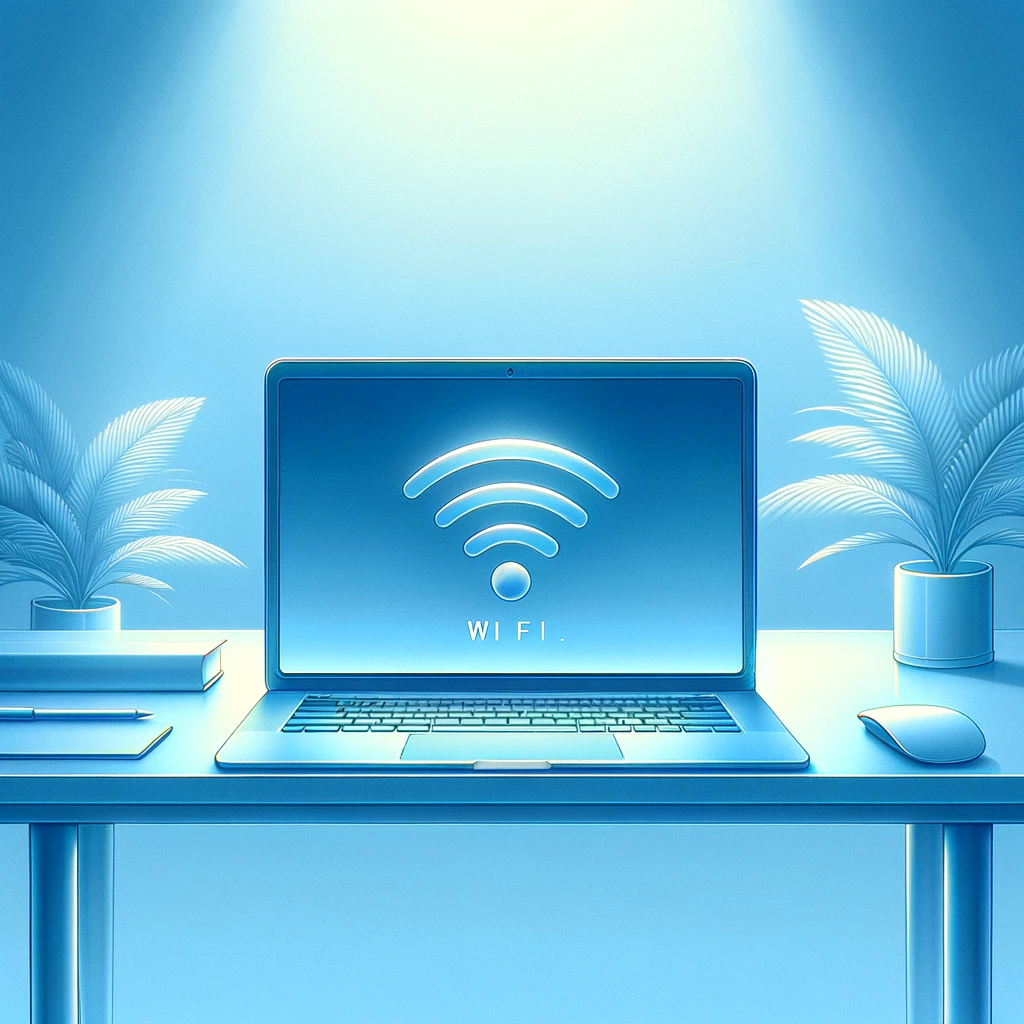It’s hard to imagine living without a reliable internet connection. Work and entertainment are the standout benefits that the World Wide Web offers.
However, despite regular improvements in the technology, some users still run into various issues. MacBook users are an example of such a demographic.
Macs excel in reliability and performance, but no device is immune to tech problems like slow Wi-Fi speed or random disconnects.
Such an experience frustrates users, making them scratch their heads and try to come up with solutions.
Let’s take a look at some of the most efficient methods to avoid Wi-Fi-related woes on your MacBook.
1. Test Wi-Fi on Other Devices
The first suggestion is to check how the connection feels on other devices, such as smartphones and tablets. You are bound to have at least one at home.
If the Wi-Fi speed has a clear difference between the MacBook and another device, assume that the root of the problem lies in the laptop.
To test the speed, you can download YouTube video or another file on each device and see how long it takes. Or, try opening different websites and consider how long it takes for the same site to load on your devices.
2. Reduce the Distance Between the Router and MacBook
Depending on how your home is set up, the distance between your Mac and router could be too great.
Unlike desktop computers, you have no problems carrying a MacBook from one location to the next.
Get as close to the router as you can and observe how Wi-Fi reacts. If you notice an immediate improvement, think of a way to relocate the router or the location where you usually use a Mac.
3. Check for Third-Party Tool Intervention
Third-party tools may become a hindrance to the overall Wi-Fi state. More and more people use virtual private networks to access geo-restricted content or improve their online privacy.
Regardless of the software type, if it affects your internet access in some way, the odds are that it also impacts your Wi-Fi connection.
Disable third-party software interacting with the internet connection. Then, restart the MacBook and try the internet speed after the device loads.
4. Install the Latest Updates
Check whether the router has the latest firmware update. Missing the latest version of firmware could lead to hiccups. Meanwhile, updates eliminate potential bugs and improve the overall router performance.
If the firmware is up to date, try restarting the router. It’s also one of the most common fixes to Wi-Fi troubleshooting, regardless of the device.
5. Set Up a New Wi-Fi Network
Connecting to a fresh Wi-Fi network might be the solution to your Wi-Fi troubles. First, go to System Preferences and click on the Network tab.
Select Wi-Fi -> Advanced. Click the “minus” button to disconnect/delete your current Wi-Fi network.
Next, you will need to join a new network, which, in this case, is still your old Wi-Fi connection.
Open the Wi-Fi menu in the menu bar and join your network. Enter the password and follow the next steps to join the network.
6. Tinker With the Mac’s Sleep Settings
Changing the sleeping settings is one of the more obscure solutions to Mac’s Wi-Fi troubleshooting.
In some instances, a MacBook may disconnect from Wi-Fi after entering sleeping mode. A similar thing happens when the device is locked.
Go to System Preferences and tap on the Battery tab. Make sure that the checkbox is enabled next to the “Enable Power Nap while on battery power” option.
Then, click on the Power Adapter tab and check the box at the top to enable the “Preventing your Mac from automatically sleeping when the display is off” option. In the same tab, check the box next to “Enable Power Nap while plugged into a power adapter.”
7. Modify the DNS Settings
The internet browser cross-checks a domain name system (DNS) server with a page’s IP address.
More often than not, internet service providers set up a default DNS server. Hence, if the problem comes down to DNS, the Mac will struggle to load websites even if the Wi-Fi itself is okay.
Go to System Settings and navigate to the Network -> Details. Tap on the DNS tab on the left side of the window.
Under the IPv4 and IPv6 addresses, enter the following without the quotation marks: “8.8.8.8”
Press OK to confirm the changes. Now, whenever you open an internet browser, it will ignore the default DNS server set up by the IPS and register Google’s DNS instead.
8. Reach Out to Your ISP
The last bit of advice is to reach out to your internet service provider. They might have problems on their side, visible only to them.
A quick chat could lead to finding a solution and figuring out what the next steps should be. Perhaps the ISP will have to send somebody over to your house. Or, they will need to work on fixing a problem on their main server.

Hey, I’m David. I’ve been working as a wireless network engineer and a network administrator for 15 years. During my studies, I also worked as an ISP field technician – that’s when I met Jeremy.
I hold a bachelor’s degree in network engineering and a master’s degree in computer science and engineering. I’m also a Cisco-certified service provider.
In my professional career, I worked for router/modem manufacturers and internet providers. I like to think that I’m good at explaining network-related issues in simple terms. That’s exactly what I’m doing on this website – I’m making simple and easy-to-follow guides on how to install, set up, and troubleshoot your networking hardware. I also review new network equipment – modems, gateways, switches, routers, extenders, mesh systems, cables, etc.
My goal is to help regular users with their everyday network issues, educate them, and make them less scared of their equipment. In my articles, you can find tips on what to look for when buying new networking hardware, and how to adjust your network settings to get the most out of your wi-fi.
Since my work is closely related to computers, servers, and other network equipment, I like to spend most of my spare time outdoors. When I want to blow off some steam, I like to ride my bike. I also love hiking and swimming. When I need to calm down and clear my mind, my go-to activity is fishing.

